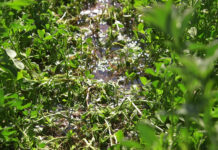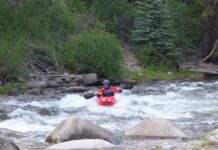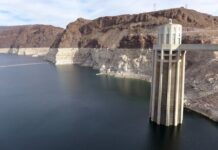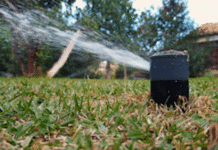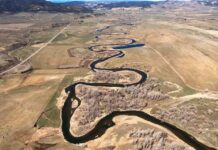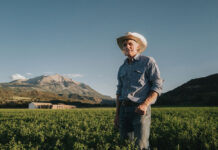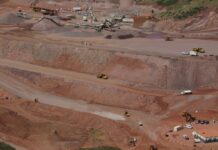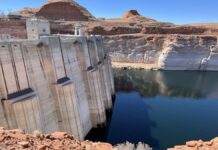Stream management planning watered down by agriculture
Flow targets for the environment and recreation are lacking, according to a recent report.
Crop in the crosshairs
The federal government is trying to save the water supply for 40 million Americans. It has released three possible plans to protect the Colorado River Basin, which is facing...
These hay fields may know something we don’t: how to save the Colorado River
A $1 million science experiment on Colorado hay fields is backed by powerful water groups, farm interests, and environmentalists.
Conservation groups want recreation water right tied to natural river features
Three conservation groups in Colorado are working on a revision to a state law that would allow natural river features to get a water right.
Race is on for Colorado River basin states to conserve before feds take action
Seven states in the West have been given until August 15th to implement new strategies and tools to conserve the Colorado River.
Just 53% of Colorado cities use permanent watering restrictions, despite proven savings
Despite a drought and below-normal reservoir levels, communities remain split on permanent outdoor watering restrictions.
Upper Colorado River states add muscle as decisions loom on the shrinking river’s future
Upper basin states seek added leverage to protect their river shares amid difficult talks with California and the lower basin
Carbondale Ranch, water trust launch 2nd effort to boost Crystal River flows
Cold Mountain Ranch and the Colorado Water Trust penned an agreement to improve the Crystal River’s streamflow and compensate nearby ranchers.
Two new Colorado River reservoirs are rising on the Front Range, are they the...
Two new water storage projects designed to capture the flows of the Colorado River may represent the end of an era on the river.
Feds call for more water recycling, conservation as Colorado River deteriorates
Water recycling, conservation programs and repair of leaky reservoirs and pipelines will help restore the Colorado River, according to federal officials.




